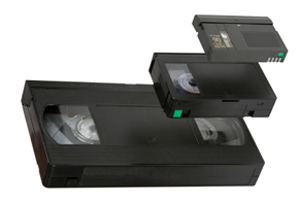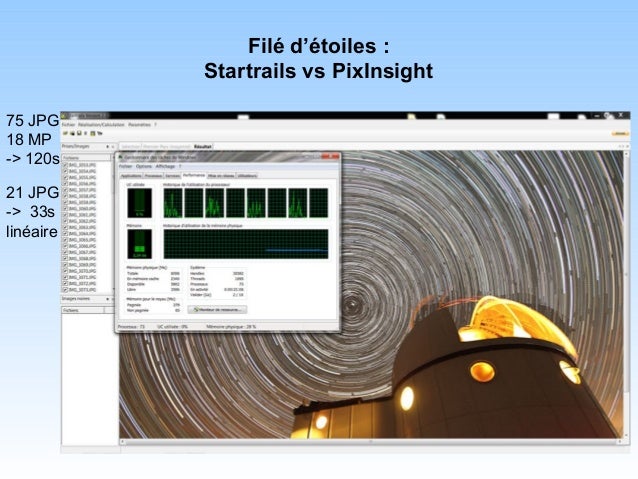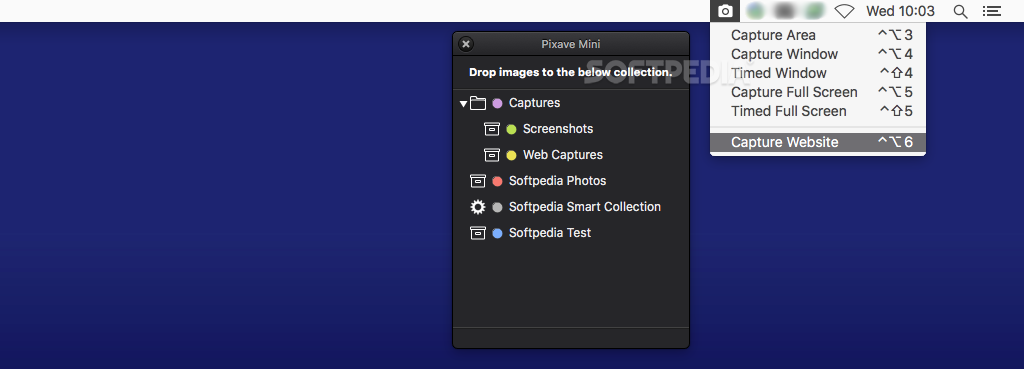
Furthermore, the Tag feature still functions exactly as you would expect. Forget about groping to remember an image, just follow the color you are feeling and find yourself with the image that you wanted! The world of accessing images through colors is thus opened up by Pixave. The impressions left by the hues of an image play an important part in how one remembers it. However, Pixave presents an innovative, never-before-seen search function: welcome to the age of finding images according to color. There are many ways to search for images. In addition, you can organize numerous images using the highly intelligent 'Smart Collection' feature and search for them instantly. With the user-definable 'Collection' feature you manage your images, using folders to categorize to suit your needs. But to judge its usefulness and convenience solely on its environment would be far from doing it justice. The basic purpose of Pixave is to provide the optimum environment to manage your images. And Pixave is here to store and organize those inspired moments - to enable you to bring them to mind whenever, wherever you are. That growth and creation is made possible by you. Such impressions grow to create wonder and amazement for the world. A single picture can fill us with inspiration which, in turn, brings us joy. And of course these steps are just basic guidelines, there is always a place for creativity.Pixave 2.0.0 | MacOSX | 5.4 MBThere is a whole world that we get from images. It is not necessary to do things in the same order, but some steps really depend on previous. Steps described in this section can be used as checklist during documentation writing. Once the publication have been found - follow its "Cite" link and then choose "BibTeX" option: Note To get BibTeX record for the publications one can use Google Scholar. Then make reference with cite command: Bradski98 Note Try not to add publication duplicates because it can confuse documentation readers and writers later.

You can assign a unique identifier to any header to reference it from other places. ĭoxygen comment can have different forms: C-style: reference item looks like this:ĭoxygen commands starts with or \ sign. command param denotes following word is name of the parameter and following text is description of the parameter all parameters are placed in a list command sa starts "See also" paragraph containing references to some classes, methods, pages or URLs.command brief denotes following paragraph is a brief description empty line denotes paragraph end.special C-comment syntax denotes it is doxygen comment /**.Special values (NaN, Inf) are not src input dst output array of the same size and type as log, cartToPolar, polarToCart, phase, pow, sqrt, magnitudeĬV_EXPORTS_W void exp(InputArray src, OutputArray dst) Currently, the function converts denormalized values to zeros on output. The maximum relative error is about 7e-6 for single-precision input and less than 1e-10 forĭouble-precision input. The function exp calculates the exponent of every element of the input array: Like this: /** Calculates the exponent of every array element. To add documentation for functions, classes and other entities, just insert special comment prior its definition. └── tutorials - tutorial pages and images All science books, articles and proceedings served as basis for library functionality should be put in this reference list.įollowing scheme represents common documentation places for opencv repository: BibTeX references are used to create one common bibliography.Parts of these files can be included into documentation and tutorials to demonstrate function calls and objects collaboration. Each sample is self-contained file which represents one simple application.
#PIXAVE DOCUMENTATION HOW TO#

Usually located at the same places as pages, images can be inserted to any place of the documentation. images can be used to illustrate described things.

Pages should be located in separate files and contained in several predefined places.


 0 kommentar(er)
0 kommentar(er)
